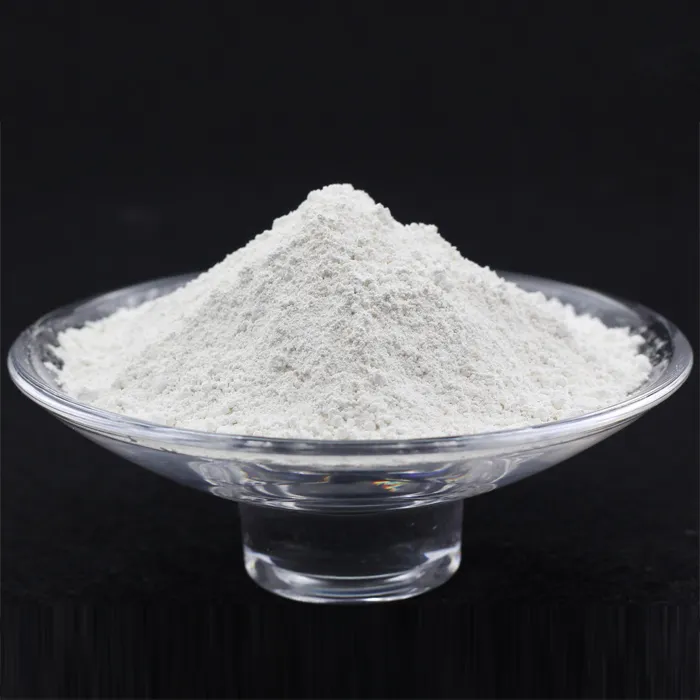Plastic Filler Masterbatch Enhancing Performance and Sustainability in Plastic Manufacturing
In the ever-evolving world of plastics, the quest for innovation and sustainability drives many manufacturers to explore new materials and methods. One such advancement is the use of plastic filler masterbatch, which provides a versatile solution for enhancing the properties of various plastic products while also addressing environmental concerns. This article delves into the definition, benefits, applications, and future prospects of plastic filler masterbatch in the plastic manufacturing industry.
What is Plastic Filler Masterbatch?
Plastic filler masterbatch is a concentrated mixture of fillers, pigments, and additives uniformly dispersed in a polymer matrix. The purpose of a masterbatch is to simplify the production process by allowing manufacturers to easily introduce specific fillers into their plastic formulations. Fillers, such as calcium carbonate, talc, and clay, are incorporated to improve various attributes, including mechanical strength, thermal resistance, and surface finish.
This masterbatch approach not only enhances performance but also maintains consistency in the final product. By utilizing plastic filler masterbatch, manufacturers can optimize production efficiency and reduce costs, as they no longer need to manually mix fillers into their primary resin.
Benefits of Using Plastic Filler Masterbatch
1. Cost-Effectiveness One of the primary advantages of using plastic filler masterbatch is its ability to lower production costs. Fillers are often less expensive than polymers, and incorporating them can lead to significant cost reductions without compromising product quality.
2. Improved Mechanical Properties Fillers improve the mechanical strength of plastics, enhancing their durability and resistance to impact. This makes filled plastics suitable for a range of applications, from construction materials to automotive components.
3. Reduced Weight Using fillers can help manufacturers reduce the overall weight of their products. In industries such as automotive and aerospace, weight reduction is crucial for improving fuel efficiency and performance.
4. Enhanced Processability Masterbatches are designed for compatibility with various processing techniques, including extrusion and injection molding. This versatility allows manufacturers to easily incorporate fillers into their production processes, thus improving overall work efficiency.
plastic filler masterbatch

5. Environmental Benefits With increasing pressure on industries to adopt sustainable practices, plastic filler masterbatches can offer a pathway to greener solutions. Many fillers are derived from natural sources, and their use can help reduce plastic waste by substituting a portion of more expensive polymers with sustainable materials.
Applications of Plastic Filler Masterbatch
Plastic filler masterbatches find applications across a wide array of industries. One of the most significant sectors is the packaging industry, where fillable plastics help in producing more rigid and durable packages while reducing material usage. In construction, filled plastics are employed to manufacture pipes, panels, and other structural components that require enhanced strength and longevity.
Moreover, automotive manufacturers utilize plastic filler masterbatch in producing interior and exterior components where lightweight, high-strength materials are essential for performance and safety. The electrical and electronics sector also benefits from filled plastics, as improved insulation and thermal stability are paramount for electronic components.
The Future of Plastic Filler Masterbatch
As the demand for sustainable and efficient materials continues to rise, the future of plastic filler masterbatches looks promising. Researchers are actively exploring the use of bio-based and recycled fillers to further reduce environmental impact. Innovations in processing technology will also enable more efficient production methods, allowing for even broader applications of filler masterbatches.
The integration of smart technologies, such as IoT and AI, into manufacturing processes could streamline the use of plastic filler masterbatches, enabling real-time adjustments and optimizations. This evolution towards smart manufacturing could significantly enhance efficiency and environmental performance.
Conclusion
Plastic filler masterbatch represents a vital development in the plastic manufacturing landscape, offering numerous benefits ranging from cost-effectiveness to enhanced performance. As manufacturers increasingly prioritize sustainability, the use of plastic filler masterbatch is likely to grow, paving the way for innovative solutions that meet the demands of both industry and the environment. Embracing these materials will not only improve product performance but also contribute to a more sustainable future in plastics.

